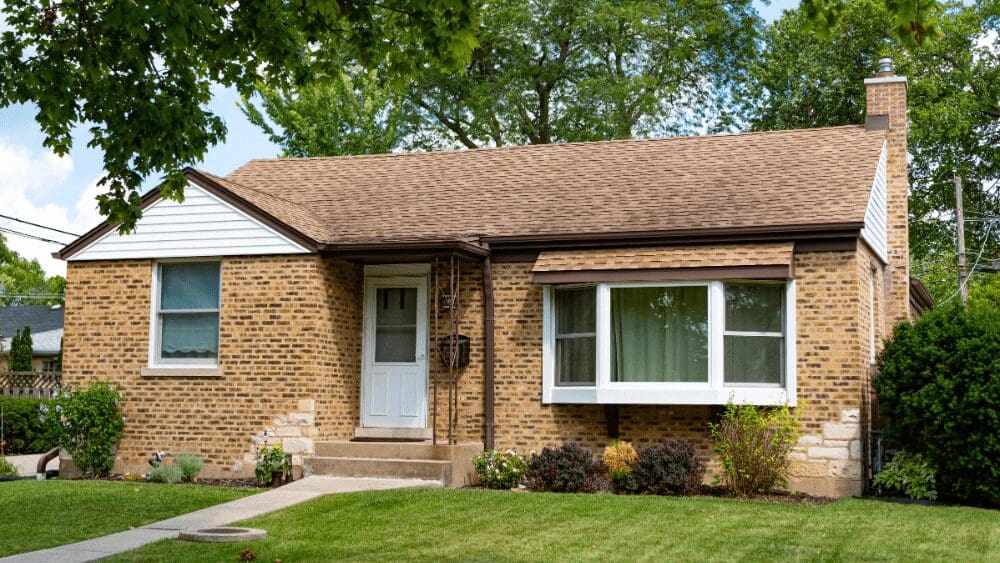
As a homeowner, your home equity represents one of your most valuable financial assets. It’s the difference between what you owe on your mortgage and what your home is worth today. With home values growing by nearly 50% in the past four years, you may be asking, “How much equity can I borrow from my home?” In this post, we review your options for tapping into your home equity and how to estimate the maximum amount you can borrow. We’ll also share factors that increase the amount you can access, and provide some interesting survey data about how Americans are using their equity loans. There are three common ways homeowners can access money from their home equity: Estimating your home equity is fairly straightforward. To get an estimate: 1. Find your home’s current market value: You can do this by looking at recent sales of similar homes in your area, using online tools like HomeLight’s Home Value Estimator, or getting a professional appraisal. 2. Subtract your outstanding mortgage balance: Check your most recent mortgage statement to find out how much you still owe. The difference between your home’s value and your mortgage balance is your available equity. The amount of equity you can borrow depends on the type of loan you choose, your credit score, and the lender’s terms. Most lenders allow homeowners to borrow up to 80% to 85% of their home’s value, minus what they still owe on their mortgage. Some lenders may allow up to 90% Here are three real-world examples using a U.S. median home value of $420,000 with an outstanding mortgage balance is $280,000: Most lending companies provide helpful online home equity and cash-out refinance calculators that make it easy to determine how much you can borrow against your home.What equity borrowing options do I have?
How do I estimate my home equity?
How much equity can I borrow from my home?



